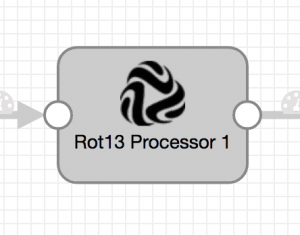Announcing StreamSets Data Collector version 3.0
Version 3.0 marks an important new milestone for StreamSets. With close to a million downloads and a strong community and customer base, we are very excited to offer a host of powerful new capabilities within the product. This release has greater connectivity with cloud services, deeper integration with Hadoop distributions, new data aggregations and an exciting new technology for running pipelines on resource constrained devices.
For those keeping count, SDC 3.0 has 27 new features, close to 100 improvements and almost 200 bug fixes.
This release also contains important new functionality where we extend the reach of SDC out to devices out on the edge. SDC Edge is a lightweight agent that can execute pipelines designed in SDC. These agents can run on Windows, Linux, Mac, Android and IoS. To learn more about SDC Edge, follow this link.
 As well as parsing incoming data into records, many
As well as parsing incoming data into records, many